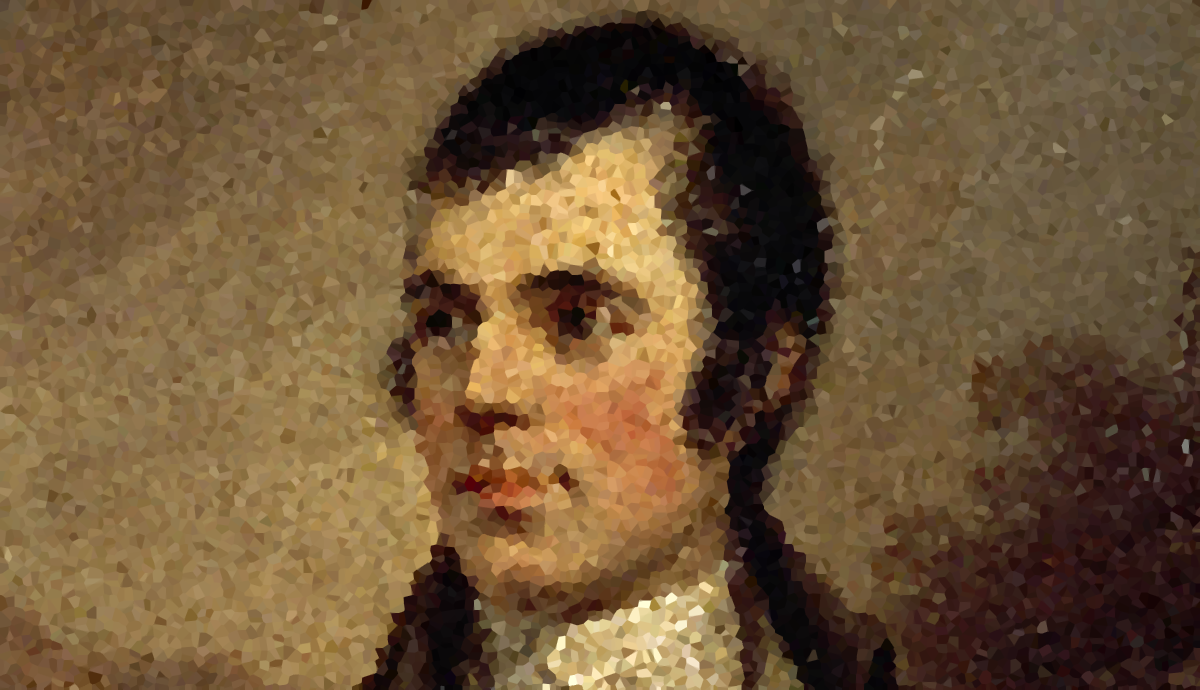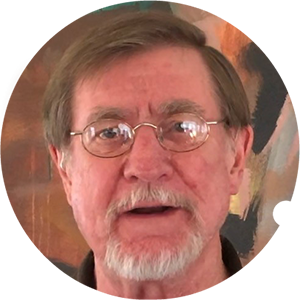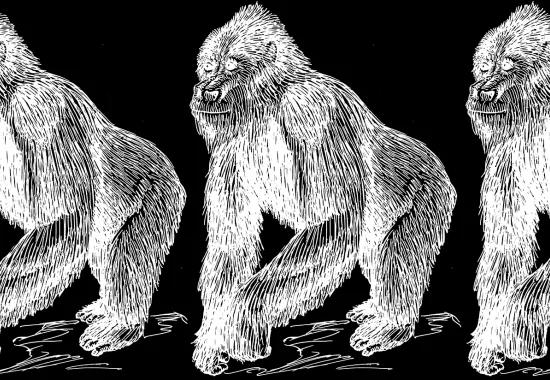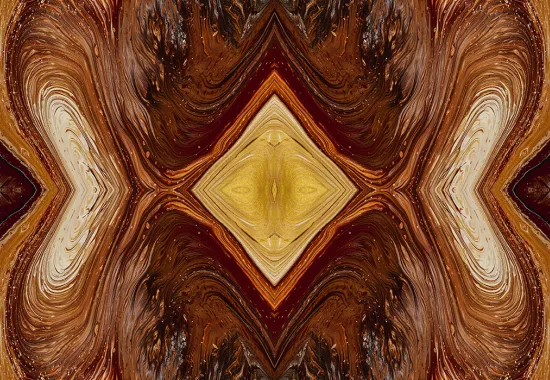From Scotland to Kansas—A Diaspora
Recovering 2: Gang Aft Agley
My father and mother’s Scotland trip, in August/September 1980, was a thirty-fourth wedding anniversary gift to each other. When my wife Jeffrey and I arrived to take them to the airport, they were in a panic. They could not find their passports. They had no idea what to do. Our own frantic search turned up nothing. Anguished, they flew to New York City as planned, hoping to secure substitute passports through the State Department. As they boarded their plane in Kansas City, Jeffrey reassuringly called the lost passports “Just another wrinkle in the fabric of life.” Stu quotes that at the beginning of his journal, along with his memory of Burns: “Even the best laid plans of mice and men gang aft agley.” [Actual lines: “The best-laid schemes o’ mice an’ men / Gang aft agley.”] His first entry: “This was the day of the lost passport. From the heights of exhilaration to the pits.”
Stu puzzled out the meaning of the lost passports. His third day is mostly relief: “Anticlimactic—we are able to get a passport. A very long 15-minute wait—11 to 11:15—wondering what could go wrong…. Still dealing with anger about my irresponsibility.”
Once on their journey, he writes, “Most of the uptight problems are left behind at this point.” Stu writes later in the trip:
Being a psychoanalyst and a psychoanalyst’s wife, we had more talk about the mystery of the [passp—first attempt to write the word is crossed out] passport (I can’t write it) and whose unconscious did what to whom. It has been a source of some feeling but is gradually assuming a proper place. “Safe place” and “irresponsibility” seem to allow us to equally share and hopefully equally enjoy this beautifully planned vacation. And so to bed.
Their Scotland journey starts in Dumfries, at the Burns House Museum. Burns lived there from 1793-1796, scratching his name in the window with his diamond pin. They visited St. Michael’s church, and the mausoleum with the statue of Burns as ploughman “with an angel hovering over his head.” Stu describes the Burns statue in Dumfries, on High Street, as “beautifully done,” with quotes from “A Man’s a Man for a That,” and another about “weans and wife.” Stu writes, “The best of Burns.” They visited the Ho’ in the Wo’ Tavern, “another spot frequented by Robbie Burns.” Stu sat in the Burns chair at the Globe Tavern. He notes a slip of the tongue, stitching together Dumfries and Dalbeattie, saying to Tucker, “I can’t believe it, here we are in Dumbeattie.”
They made their Dalbeattie pilgrimage. A Butcher Shop announced a Thomas Carson as proprietor. Inside, the man did not see how they were related. His father was Stewart Rowan Carson. He helped them find the cemetery and the headstones of Margaret and Annie McCartney, sisters of Stu’s grandmother, both of whom died in 1871. Stu played the bagpipes there, “as I had promised myself I would do—Amazing Grace, Green Hills of Tyrol, Mist Covered Mountains, Going Home, and Scotland the Brave.” They also found the grave of Susan McCleave, wife of another Thomas Carson; Stu’s grandfather’s name was Thomas McCleave Carson.
He called the trip Oedipal because he was still searching for that lost mother, trying to win her heart.
They visited other Burns sites: Mauchline, where Burns lived in 1788 with his wife Jean Amour. Then Alloway, Ayr, and Kirk Alloway. My father copied Burns’s “On My Ever Honoured Father” from the tombstone in the Kirk Alloway cemetery, which William Burns had helped restore. They visited the gardens, the visitor center, and the Brig O’ Doon, leaving fully steeped in the life and poetry of Robert Burns.
By the end of August, Stu writes, “I feel very much at home here.” He notes the “Oedipal implications of the trip to Scotland—losing passports and having snits.” His journal, he claims, will not be safe for the Women’s Fellowship but “suitable for family.”
In Edinburgh, they walked the Royal Mile. At the Scottish National Library, Stu examined Burns manuscripts, particularly “Holy Willie’s Prayer.” He studied some early editions of Burns, one handwritten. This visit was inspired not by his mother, but by my brother Tim, who in 1968, during his Junior Year Abroad in Bordeaux, France, hitchhiked to Paris, then took a train to Edinburgh to visit the Scottish National Library and research Burns holdings. After seeing the manuscript of “Holy Willie’s Prayer,” Tim paid to have a copy made and sent to him in care of our Topeka address. Later, Tim framed the copy and gave it to our father, who hung it on the wall. After Stu’s death, Tim took “Holy Willie’s Prayer” home. Tim writes about his 1968 Edinburgh trip, “In my own way, I was paying homage to our Scottish roots.”
While in Edinburgh, Stu bought a kilt jacket, a MacPherson Clan badge, and a supply of bagpipe reeds. As for being a MacPherson, he found out: “As far as the clans are concerned, there were those who belonged by blood and there were ‘broken men,’ those who were allowed to join although not related. According to my mother, her people were taken in by the Macphersons. So, we are ‘broken men’ to the Macphersons.”
My parents visited The Writer’s Museum, as Elizabeth had twenty years before. Dad writes, “Burns was a scholar, which isn’t commonly recognized. He … had great energy and worked, wrote, and was extremely social.”
In Edinburgh Stu and Tucker stayed with friends Jock and Molly Southerland, Jock a Scottish psychiatrist who had visited Topeka. On an excursion south of Edinburgh, “We first stopped by the road and went to a small well—the well where the mother of Robert Burns the poet drew water for her household needs. It was inscribed: “To the mortal and immortal memory and in noble tribute to her who not only gave a son to Scotland but to the whole world, and whose own doctrines he preached to humanity that we might learn.”
While with Jock, Stu notes, “We talked some more about the passport with my present theory that it has to do with my Scotch Calvinist background and conscience that wouldn’t permit such a trip. So, it isn’t completely out of mind.” Jock gifted Stu with a sgian-dubh (pronounced skee-en DOO—a small, single edged knife, encased and worn in the kilt hose), a lovely piece with a large amethyst set at the top of the haft to imitate a thistle, Scotland’s national flower.
When Stu and Tucker left Scotland for England, where they had booked passage on the Queen Mary, Stu wrote: “This is our last day in Scotland, and I am going to miss it. It has been a truly pleasant and interesting time. Awoke at 6:30 and thinking what a glorious trip this has been. The passport fiasco is in its proper place and means nothing against the rest of the trip.” And his final words: “We both felt a little sad to leave Scotland.”
My father certainly found Burns everywhere. He failed to recreate his mother’s “Dalbeattie legend.” He called the trip Oedipal because he was still searching for that lost mother, trying to win her heart, as he had when he played bagpipes and she lifted her skirts and danced a jig. Yet in finding Burns, he was also finding her, for she loved Burns as he did. As for the passports—whether sign of conflict about the trip, or Calvinist guilt that he shouldn’t allow himself such pleasure, or hiding opportunity from himself, or undermining his confidence in making his pilgrimage, or perhaps even wondering if he were worthy to claim his Scottishness while on their soil, once his family’s soil—he did, as he said, put it in its place.
Eventually, the passports revealed their place. Either Stu or Tucker—they could never decide—had put them in the sock drawer of their bureau and closed the drawer. When one of them opened it later, the passports, high at the top of the drawer, became wedged in the facing board, secured fast between the bottom of the dresser top and the drawer stop. When Tucker finally found them, she and Stu were both amazed at how well hidden they’d been all those years.
Recommended
Schizophrenic Sedona
Recense (realized)
Notes on Hands






